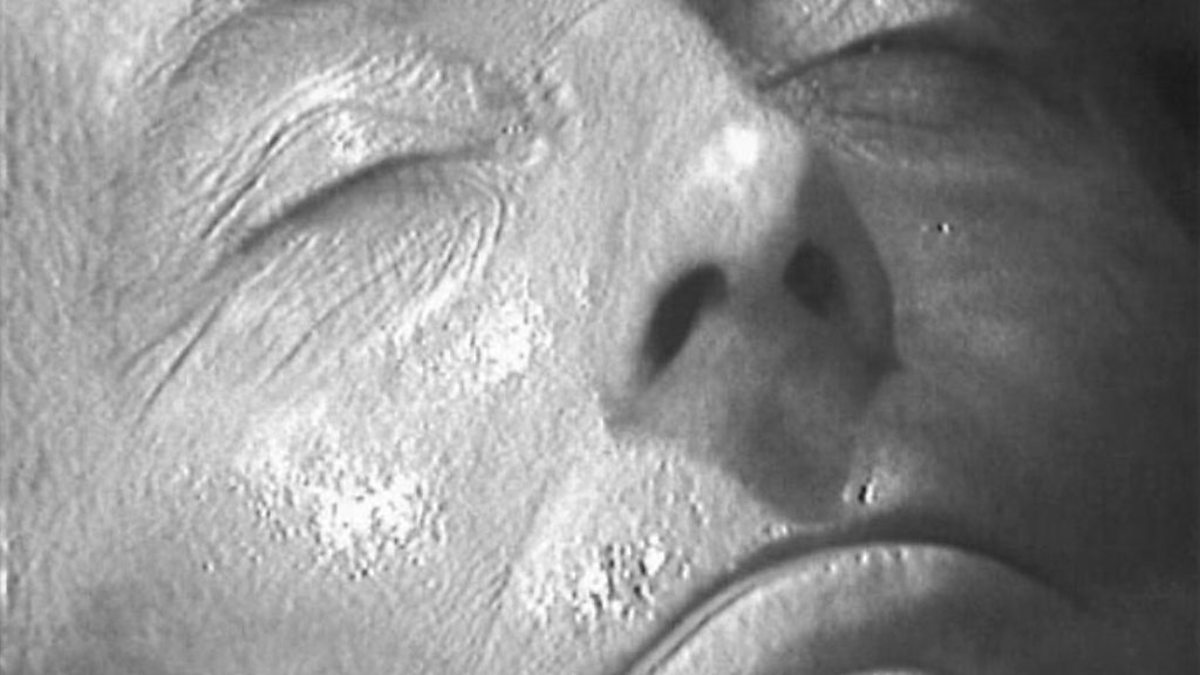The Doctor wasn’t always a face-changing alien from the planet Gallifrey. But in 1966, the character ‘changed his appearance’ for the first time and handed the TARDIS keys to his successor Patrick Troughton. So how did the first ever Doctor Who regeneration come to be?

In the early days, the concept of a Doctor Who regeneration was unheard of. When the character of the Doctor was first created, he was described as an eccentric old traveller, possibly an inventor, lost in time and space with a machine he could barely control. Few people could have imagined that the series would run for some 60 years; at one time, Doctor Who looked like it was going to be cancelled after the first 13 weeks.
Of course, in the early days, the Doctor was still an alien with an unusual biology, and his exact age was never specified. So the idea of having the character ‘die’ and morph into someone else was entirely feasible within the universe that Doctor Who had created for itself. But why did a Doctor Who regeneration become necessary?
Doctor Who was certainly popular in 1966, still riding high from the immense success that the Daleks had brought three years earlier, and indeed continued to bring. But things were difficult for the lead actor, William Hartnell. For a start, Doctor Who was filmed on a very tight schedule, with episodes rehearsed and recorded on a weekly basis – a bit like putting on a one-act play every seven days.
And being the Doctor, William Hartnell had more dialogue than most. On top of that, his lines were often long, scientific explanations, or lengthy pieces of exposition. Arguably, memorising such a mountain of material would have been tricky even for the youngest of actors, and William Hartnell (even though he was only 58) certainly felt the strain of this.
Moreover, the actor had recently been diagnosed with arteriosclerosis, a condition which restricted the blood flow to his brain. As a result, concentration was at times difficult, and Hartnell occasionally struggled to remember his words. His illness also put pressure on the cast and crew, and it was in early 1966 that the producers began to wonder whether a Doctor Who regeneration would be necessary. Could they keep the programme on the air, but with a different actor?
It wasn’t a ridiculous notion – this was science fiction, after all. And the producers seriously considered implementing their first Doctor Who regeneration during one of William Hartnell’s earlier stories – ‘The Celestial Toymaker’ – during the course of which the Doctor is made invisible, and forced to play the complex Trilogic Game. The idea was that, when the character became visible again, his appearance would have been changed – possibly as a result of the Toymaker’s meddling.

This didn’t happen, of course, and the first Doctor Who regeneration was postponed. William Hartnell appeared in another five stories after ‘The Celestial Toymaker,’ but it was a bumpy ride; his health continued to decline, and he was absent for an entire episode of ‘The Tenth Planet‘ (his final story) because of illness.
At the same time, his relationship with the rest of the production team wasn’t smooth. During the filming of ‘The Daleks’ Master Plan,’ he had argued with one of the make-up staff, who in turn had organised a departmental walk-out, halting filming. Moreover, Hartnell frequently clashed with the producer John Wiles, leading to a sometimes frosty atmosphere on set.
And even though a new producer (Innes Lloyd) was in situ by the time ‘The Tenth Planet’ came around, it was clear to everyone that a Doctor Who regeneration would be going ahead. Hartnell and the BBC came to a mutual agreement that it was in the programme’s best interests, although it must have been a crushing blow to the actor, who had lived and breathed the part since 1963.
That being said, Hartnell remained enthusiastic about his replacement, saying (according to legend), “”If there is one man in England who can replace me as the Doctor, it’s Patrick Troughton!” Apparently, he held his successor in high esteem; by this point, Patrick Troughton was a prolific character actor in TV and film. Despite this, Troughton was understandably nervous about taking the TARDIS keys. Like many people, he was uncertain as to whether he could continue the success that Hartnell had started.
Moreover, the production team didn’t have a clear idea as to how they were going to achieve the Doctor Who regeneration from a technical point of view. Even on the day, it took a great deal of experimentation – and in fact an entire studio day was dedicated to filming this one sequence. William Hartnell and Patrick Troughton were both present, lying in separate parts of the room with cameras pointing at their faces. The two shots were then mixed together in such a way that the video signal started to break down, causing a flaring effect. Ordinarily this would have been an issue, but it proved perfect for a Doctor Who regeneration, giving the illusion that the First Doctor’s face was glowing with energy.
Story-wise, the reasons behind the Doctor Who regeneration were kept vague. In ‘The Tenth Planet,’ the Doctor tells his companions that “this old body of mine is wearing a bit thin,” and that he must get back to the TARDIS quickly. And then, overcome by an invisible force, the Doctor collapses onto the floor, and as the TARDIS engines begin to roar, his face morphs into that of the younger Patrick Troughton.
But even in the next story, ‘The Power of the Daleks,’ the Doctor isn’t specific about what has just happened. He tells his companions that he has been “renewed”; it’s a process that is “part of the TARDIS,” and “without it [he] couldn’t survive.” It’s not until the Third Doctor story ‘Planet of the Spiders’ that the process is actually referred to as regeneration, and viewers would have to wait until the 1976 story ‘The Deadly Assassin’ to learn that the Doctor’s body can only do this 12 times.
In hindsight, the first Doctor Who regeneration was a triumph, and whilst some believed that it could signal the end of the show, it actually became one of the main factors that kept it on the air. Viewers became accustomed to the fact that the eponymous hero could change their face every few years, bringing with it a sense of ‘regeneration’ not just for the Doctor’s face, but also for the programme as a whole.
And as the Sixth Doctor Colin Baker once said – had Patrick Troughton created a Doctor that wasn’t different enough, yet the same enough, the programme could have ended in 1966.
How do you feel about the first Doctor Who regeneration? And are you of an age to have experienced it live? Let me know in the comments below.
Read about the Second Doctor’s regeneration here!

Doctor Who tie – order now from the Lovarzi shop!
Shop on Amazon
Latest posts…
- The unofficial Doctor Who Christmas specials
- Doctor Who: 5 reasons to watch The Christmas Invasion
- The strangest Doctor Who missing episode discoveries
- Which Doctor Who story should they edit next?
- Doctor Who Season 12 merch materialises at Lovarzi

I remember so vividly the first regeneration. At age 4 this had a huge impact. I remember asking my father what was happening and he said he was “mutating”. I haven’t heard this term used in the context of a Doctor regen and often wandered if the word was in the original script or was my father’s interpretation.
Wasn’t there to witness but watched the Tenth Planet countless of times.
The era Galaxy 4- Tomb of the Cybermen is my favourite
I also believe that a mixture of factors caused the regeneration: being made invisible, Jano’s machine and the Time Destructor all key